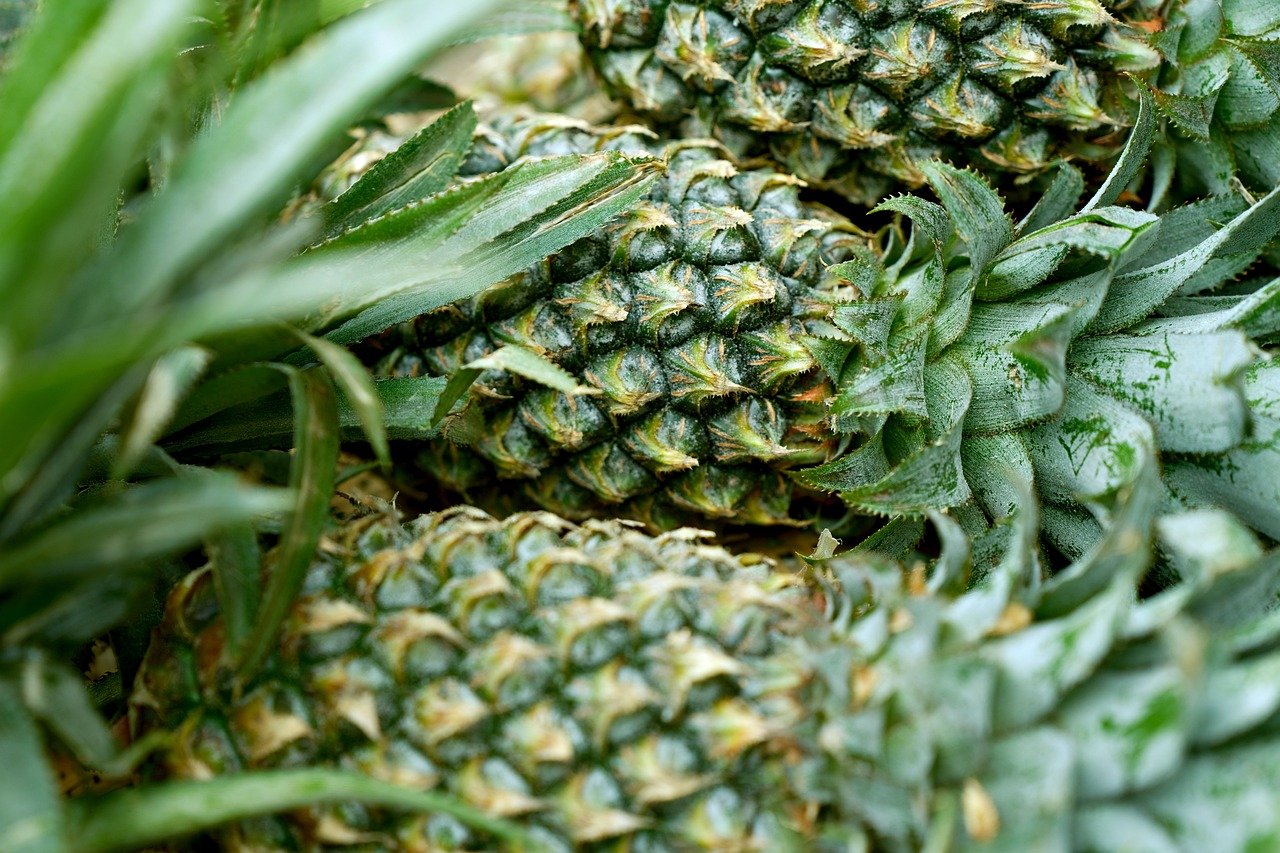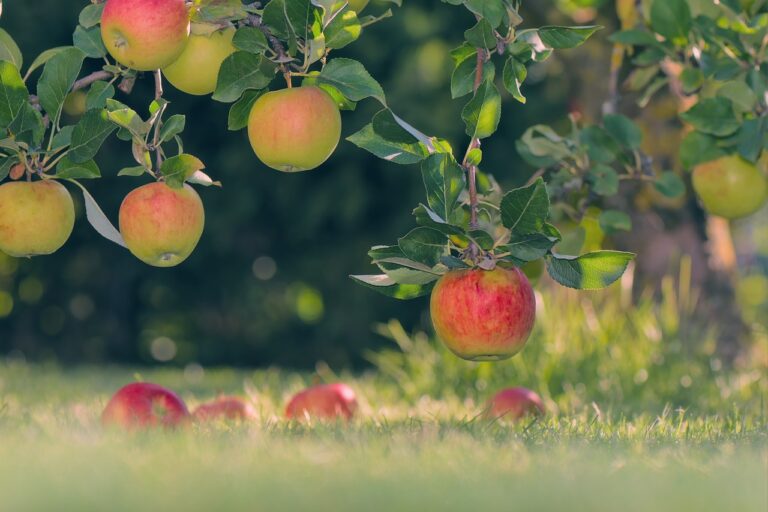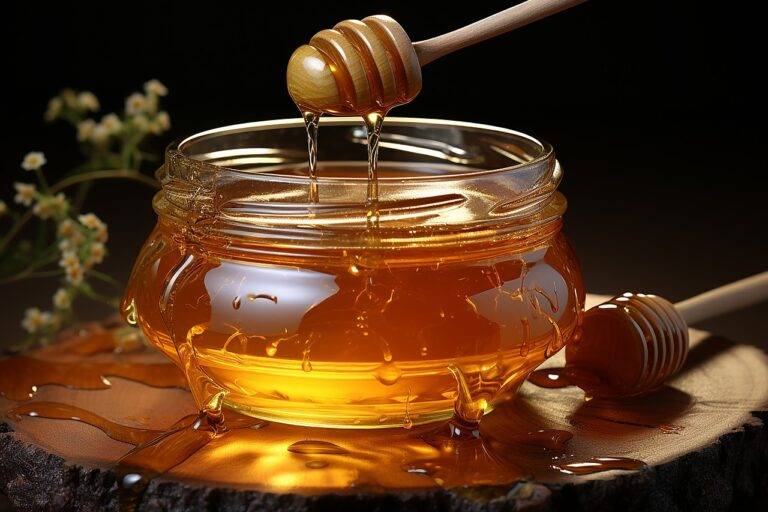The Art of Food Pairing: Wine, Cheese, and Beyond
Wine and cheese have long been hailed as a classic pairing that delights the senses. The marriage of these two culinary delights creates a harmonious blend of flavors, textures, and aromas that complement each other perfectly. While the world of wine and cheese pairings may seem vast and complex, with countless options to choose from, the key lies in finding the right balance of flavors to create a truly memorable experience.
When selecting a wine to pair with cheese, it’s important to consider the characteristics of both the wine and the cheese. A general rule of thumb is to pair lighter wines with milder cheeses and bolder wines with stronger, more aged cheeses. The acidity, tannins, and sweetness levels of the wine should also be taken into account to ensure a balanced pairing that enhances the flavors of both the wine and cheese.
Light wines pair well with milder cheeses
Bold wines complement stronger, aged cheeses
Consider the acidity, tannins, and sweetness levels of the wine
Exploring the World of Wine Varietals
There are countless wine varietals across the globe, each with its own distinct characteristics and flavors. From bold and full-bodied reds like Cabernet Sauvignon and Malbec to light and crisp whites such as Sauvignon Blanc and Pinot Grigio, the world of wine offers a diverse range of options to suit every palate.
Exploring wine varietals allows wine enthusiasts to delve into the intricacies of each grape variety and the unique terroir that influences its development. Whether you prefer the fruit-forward notes of a Merlot or the floral undertones of a Riesling, there is a wine varietal waiting to be discovered that will tantalize your taste buds and transport you to different corners of the world.
Understanding the Basics of Cheese Categories
When it comes to cheese, there are several main categories that all types fall under: fresh, soft, semi-soft, hard, blue, and washed rind. Fresh cheeses, like mozzarella and ricotta, are young and creamy with a high moisture content. Soft cheeses, such as brie and camembert, have a smooth and spreadable texture that grows more complex as they age. Semi-soft cheeses like havarti and fontina are pliable with flavors that vary from mild to pungent.
Moving on to hard cheeses, varieties like parmesan and cheddar have a firm and dense texture, often becoming sharper and more intense in flavor as they mature. Blue cheeses, like gorgonzola and roquefort, are known for their distinct blue veins of mold, which give them a bold and tangy taste. Lastly, washed rind cheeses, such as taleggio and munster, have a pungent aroma due to being washed in brine or alcohol during aging.
What are the main categories of cheese?
The main categories of cheese are soft, semi-soft, hard, blue, and fresh cheeses.
How do wine and cheese complement each other?
Wine and cheese complement each other because the acidity, flavors, and textures of each can enhance the overall taste experience.
What are some popular wine varietals to pair with cheese?
Popular wine varietals to pair with cheese include Chardonnay, Pinot Noir, Cabernet Sauvignon, and Riesling.
How can I determine which cheese category a particular cheese belongs to?
You can determine a cheese’s category based on its texture, aging process, and flavor profile. Soft cheeses are creamy and spreadable, while hard cheeses are firm and aged.
What are some examples of cheeses in each category?
Some examples of cheeses in each category include Brie and Camembert (soft), Gouda and Havarti (semi-soft), Cheddar and Parmesan (hard), Roquefort and Gorgonzola (blue), and Mozzarella and Ricotta (fresh).







